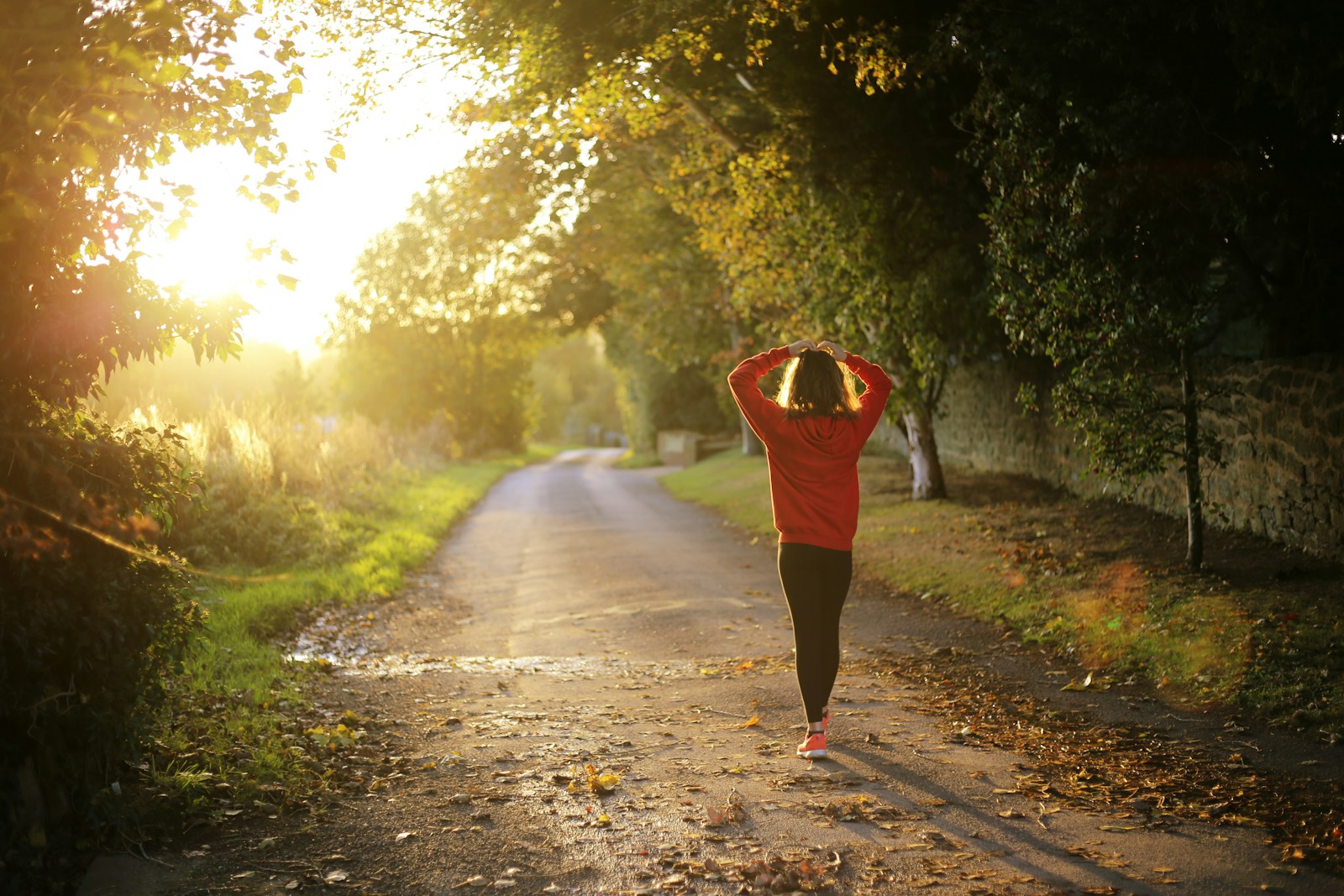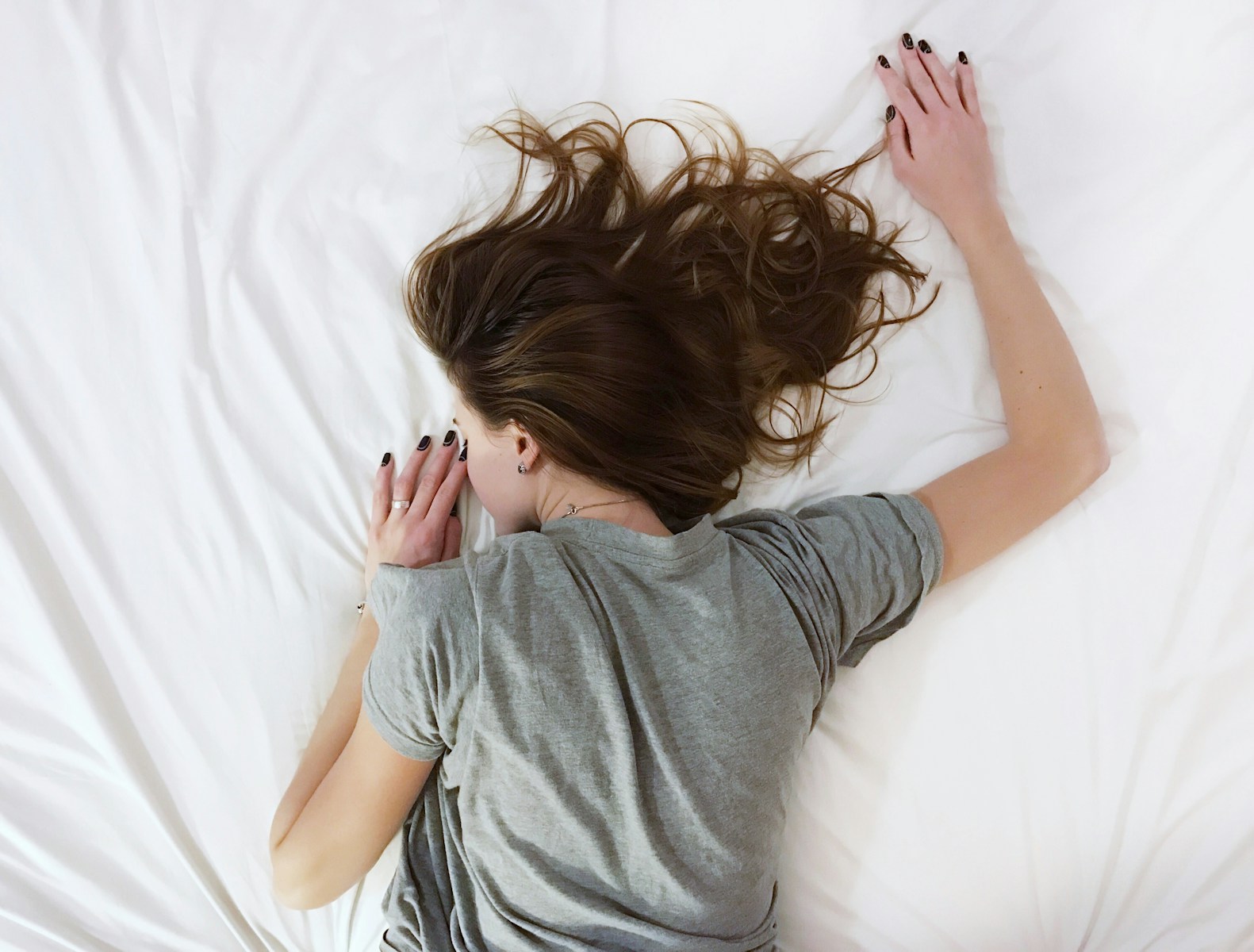Have you ever wondered why you’re bright-eyed and bushy-tailed at dawn, while your friend hits snooze five times before rising? Or why some people are wide awake and productive at midnight, while others are winding down with a cup of tea by 8 p.m.? These patterns aren’t just about personal preference—they’re linked to your sleep chronotype.
What Is a Sleep Chronotype?
A sleep chronotype is your body’s natural inclination to sleep, wake, and be active at certain times of the day. It’s driven by your internal circadian rhythm—a roughly 24-hour cycle regulated by biological processes in the brain, particularly the hypothalamus and pineal gland.
Although many people are familiar with the terms “early bird” and “night owl,” chronotypes are more complex and varied than a simple two-option model. Understanding your unique chronotype can help you align your schedule with your body’s natural rhythms, which can improve your productivity, mood, and overall well-being.
Common Sleep Chronotypes
1. Morning Lark (Early Chronotype)
– Peak energy: Early morning hours
– Sleep-wake pattern: Wake up early (often before 7 a.m.), go to bed early (by 9-10 p.m.)
– Ideal schedule: Front-load demanding mental or physical tasks in the early part of the day
– Common challenges: Evening social events and night shifts can be difficult
2. Night Owl (Late Chronotype)
– Peak energy: Late evening or night
– Sleep-wake pattern: Stay up late (after midnight), prefer waking up later (after 9 a.m.)
– Ideal schedule: Creative or complex tasks done best in the evening
– Common challenges: Early work or school start times can lead to chronic sleep deprivation
3. Intermediate (Neither)
– Peak energy: Mid-morning to early afternoon
– Sleep-wake pattern: Fall asleep around 10–11 p.m., wake around 7–8 a.m.
– Ideal schedule: Most flexible to societal schedules
– Common challenges: May still experience burnout if pushing themselves outside their natural rhythm
4. Other Chronotype Variations
Some researchers identify additional chronotypes inspired by animal behavior, such as:
– Bear: Follows solar patterns; sleeps and wakes according to the sun
– Wolf: Equivalent to the night owl; active in the late evening
– Lion: Equivalent to the morning lark; wakes very early and gets tasks done in the early hours
– Dolphin: Light sleepers who often struggle with insomnia; very sensitive to environmental stimuli
What Determines Your Chronotype?
Chronotype is largely influenced by genetics. Studies on twins suggest that chronotype is heritable, with specific genes (such as PER1, PER2, and CLOCK) playing roles in determining your circadian rhythm. Age also matters—teenagers tend to shift toward a later chronotype, while older adults often revert back to morning tendencies.
Your environment, habits, work schedule, light exposure, and even diet can influence or disrupt your natural chronotype.
Why Understanding Your Chronotype Matters
– Productivity: Working with your rhythms can make your day more effective and enjoyable
– Sleep health: Forced wake-up times that conflict with your chronotype can lead to poor sleep quality
– Mental health: Misalignment between biological and social clocks (a phenomenon called “social jet lag”) may increase the risk of depression, anxiety, and metabolic issues
– Exercise and diet: Time of day can affect how your body responds to physical activity and food intake depending on your chronotype
Tips for Living in Sync With Your Chronotype
1. Identify your natural rhythm.
– Keep a sleep diary for 1–2 weeks (especially during vacation when you can set your own schedule)
– Use chronotype quizzes developed by sleep researchers, such as the Munich Chronotype Questionnaire
2. Schedule priority tasks during your peak energy windows.
– Morning people might do best with early meetings and workouts
– Evening people might reserve creative work or strategic thinking for later in the day
3. Gradually adjust if necessary.
– If you’re a night owl in a morning-oriented world, shift your schedule by 15–30 minutes every few days, and use light exposure to cue your body (morning sunlight to wake, less blue light at night)
4. Prioritize quality sleep.
– Regardless of chronotype, most adults need 7–9 hours of sleep per night
– Maintain a regular bedtime and wake time, avoid caffeine or alcohol close to bedtime, and create a sleep-friendly environment
In Conclusion
Your chronotype is more than just a quirk—it’s a fundamental part of your biology. By recognizing and embracing your natural sleep-wake pattern, you can build a lifestyle that promotes better rest, greater productivity, and improved well-being. Whether you rise with the sun or thrive under the stars, honoring your inner clock can help you live your healthiest life.
Are you a night owl, a morning lark, or somewhere in between? It’s worth finding out.




